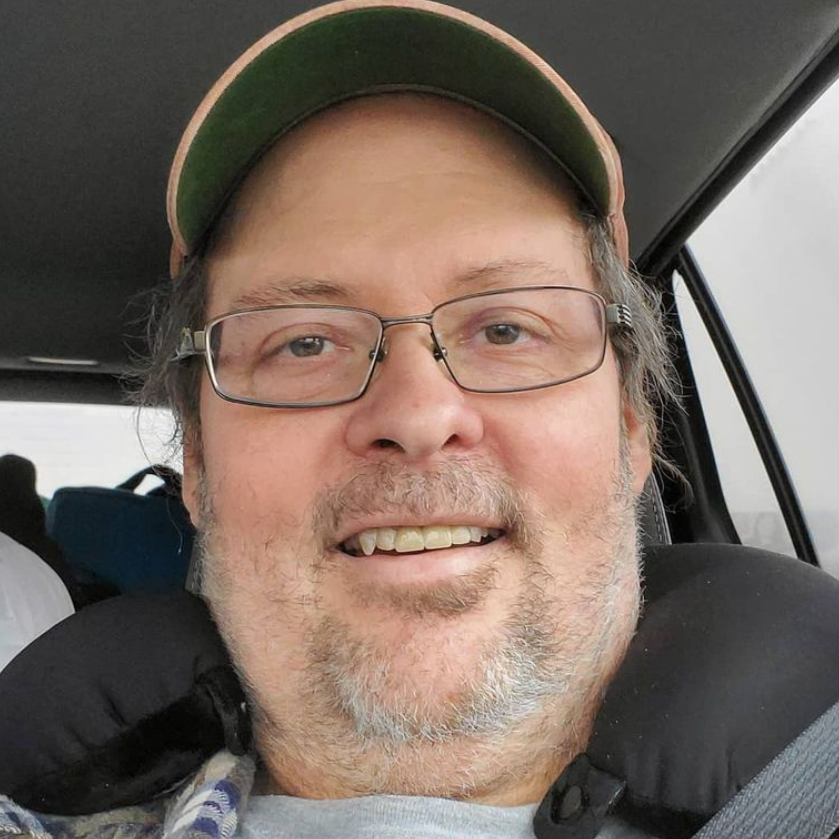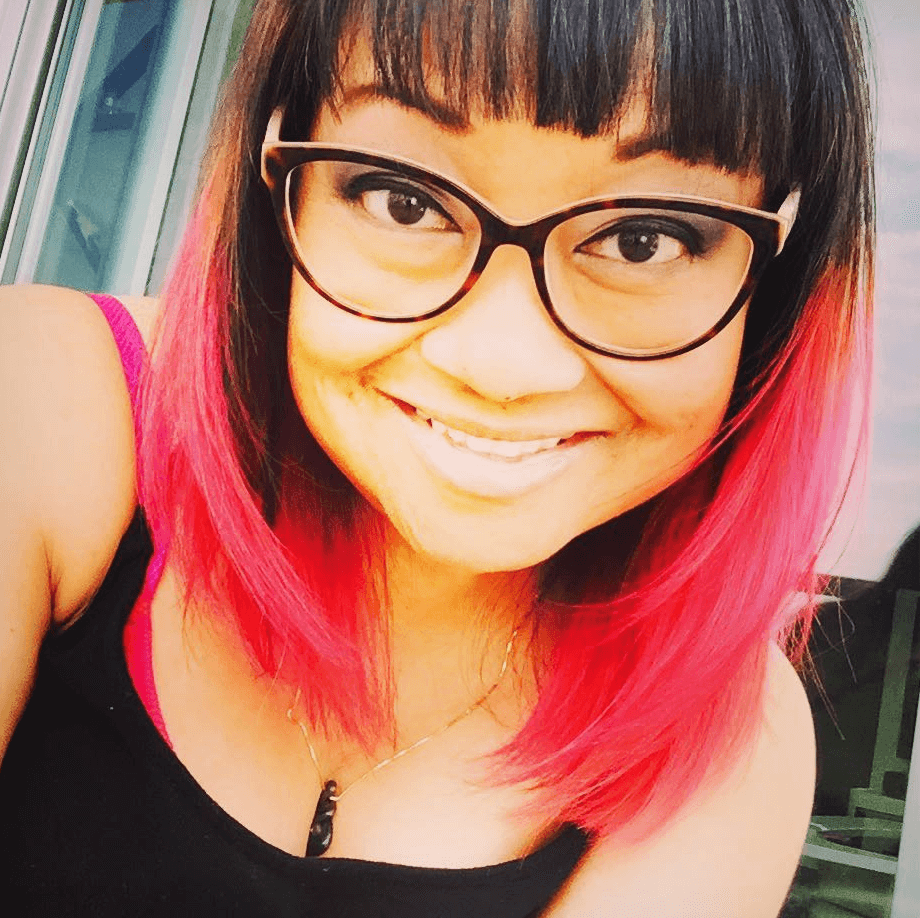From Athlete to Advocate: Bryon’s Experience with Multiple Myeloma
Bryon found out he had multiple myeloma in 2018 at the age of 54. He was active, health-conscious, and had no family history of cancer. However, he started experiencing suspicious symptoms: elevated protein levels during routine check-ups and a lingering finger fracture from basketball.
Bryon’s primary care physician pieced these issues together and referred him to specialists. Ultimately, an oncologist confirmed that he had multiple myeloma. Initially confused about the nature of multiple myeloma, Bryon soon started taking proactive steps. He sought out second opinions, researched treatment options, and, most importantly, advocated for himself and asked his doctors questions.
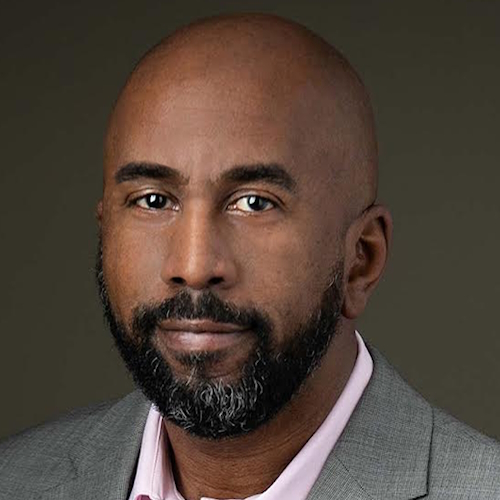
Bryon’s treatment plan involved six months of chemotherapy, followed by a high-dose chemo regimen and, finally, an autologous bone marrow transplant. Luckily, his genetic makeup made the standard treatment particularly effective. He initially refused to consider clinical trials, but his experience later convinced him that they could be worth joining. He now encourages others to consider participating in such trials.
Physical activity played a major role in helping Bryon recover from multiple myeloma. He made it a point to remain as active as he could, which eased tough side effects like “chemo brain” and helped him stay mentally strong and emotionally resilient. His insurance and business ventures provided financial stability, allowing him to focus on his health and reduce the stress he felt.
After his multiple myeloma treatment regimen ended, Bryon’s life took on new meaning. He now works with The Leukemia & Lymphoma Society, where he focuses on community outreach and supports patients and families affected by multiple myeloma. Through his work, he emphasizes the importance of getting diagnosed early, understanding one’s body, and pushing for answers when something feels wrong.
Through his story, Bryon wants to stress that multiple myeloma is often characterized by vague symptoms — making awareness and early diagnosis vital. He wants to encourage people to stay informed, have regular check-ups, and never underestimate the power of self-advocacy.
Read Bryon’s story and watch his video for more:
- What an unhealed finger injury revealed about his health
- The role of self-advocacy in Bryon’s multiple myeloma diagnosis
- How staying active helped him cope with chemotherapy
- Bryon’s surprising and inspiring reaction to his cancer diagnosis
- Lessons from Bryon’s experience with multiple myeloma
- Name:
- Bryon D.
- Age at Diagnosis:
- 54
- Diagnosis:
- Multiple Myeloma
- Symptoms:
- Elevated protein levels in urine and blood
- Finger bone fracture that refused to heal
- Treatments:
- Chemotherapy
- Autologous bone marrow transplant
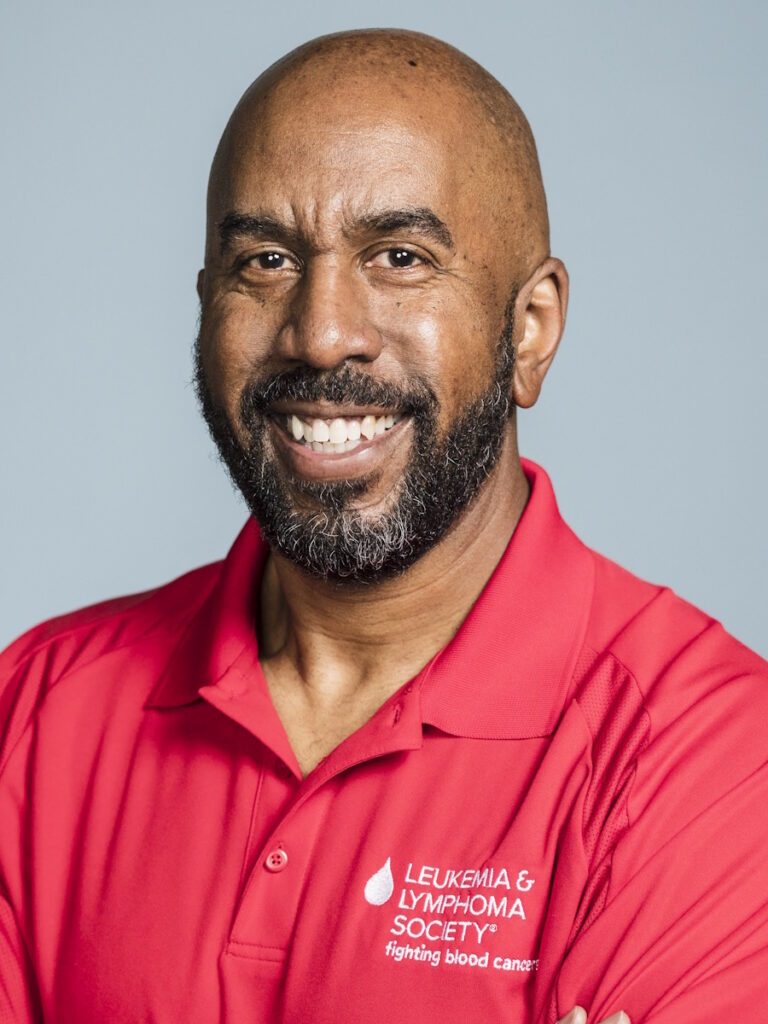

Thank you to The Leukemia & Lymphoma Society for supporting our patient education program. The Patient Story retains full editorial control over all content.
This interview has been edited for clarity and length. This is not medical advice. Please consult with your healthcare provider for treatment decisions.
- About Me
- How I Found Out I Had Multiple Myeloma
- My Reaction to My Diagnosis
- My Multiple Myeloma Treatment Plan
- Program Highlight: Multiple Myeloma: Creating Diverse Treatment Options through Clinical Trials
- For the rest of this interview, watch our program replay ON DEMAND.
- How I Handled My Multiple Myeloma Treatment
- How My Experience Has Changed Me
- What Survivorship Means to Me
- What People Need to Know About Multiple Myeloma
- My Advice to Others
Interviewed by: Taylor Scheib
Edited by: Chris Sanchez
I know, you can’t just turn on a dime. But it’s so important to do what you need to do, and change what you need to change, as quickly and early as you can. It can extend your life.
About Me
My name is Bryon. I’m a multiple myeloma survivor. I was diagnosed in 2018 at the age of 54. I’m the only person I know in my family who’s had cancer.
I was an athlete in my youth, and I continue to try to live and stay healthy. I’ve been married for 33 years. My wife and I have three kids.
When we discovered that I had cancer, it was life-changing, to say the least. So, like many other patients, we have our own story. And my journey led me to the role I have now. I’m the national community outreach manager for the Myeloma Initiative at The Leukemia & Lymphoma Society.
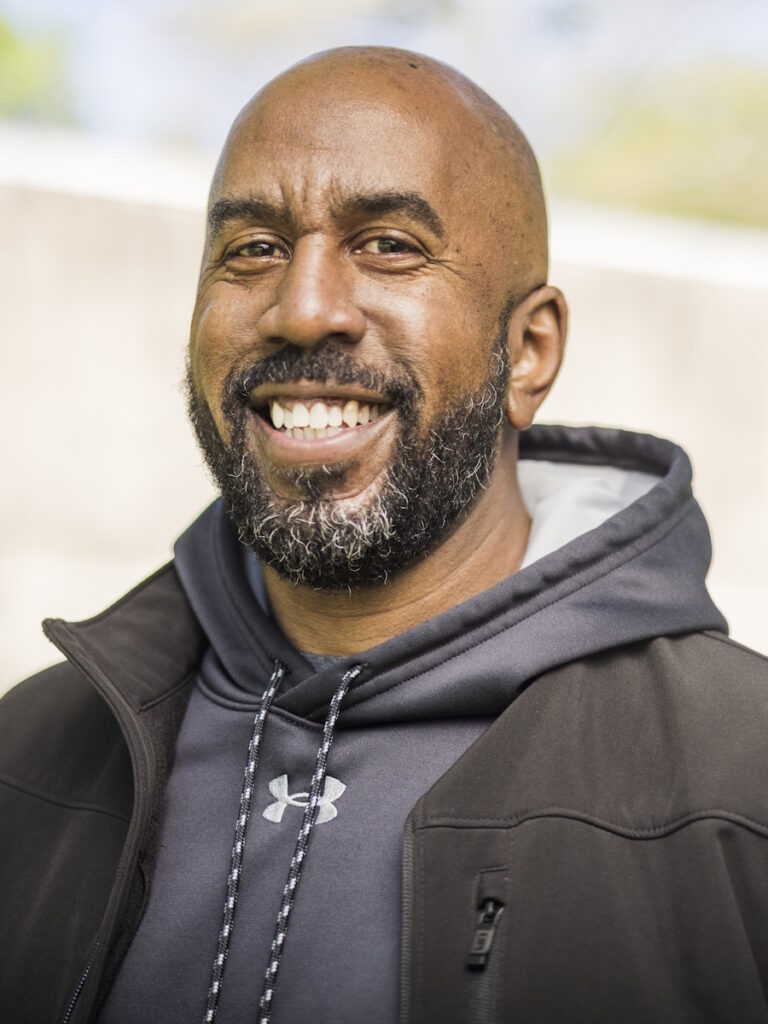

How I Found Out I Had Multiple Myeloma
I have good major medical insurance. My primary care physician would diligently check me out. And my multiple myeloma story started when he found suspiciously elevated protein levels in my urine and blood. Over the succeeding months, he began to suspect that this elevation might not be related to my lifestyle.
One day, I was out playing basketball with some 20- and 30-year-old guys. I tried to catch a ball, and I bent my finger back. Now, I’ve had this kind of injury many times before, but this particular one just refused to heal, which was ominous.
I had a doctor check it out, and they found a fracture. I went back to my PCP and told him what happened. He put two and two together and said, “This is an unusual scenario. Let’s check this out alongside your elevated protein levels.”
I found out that I was experiencing kidney dysfunction. My PCP referred me to a specialist. I ended up going to a nephrologist, a hematologist, and, finally, an oncologist.
The oncologist recommended that I undergo an immediate biopsy. I had it done after the day we met.
Two days later, the results came back. The diagnosis was multiple myeloma.
… when things were straightened out, I hunkered down. I said, “Okay, we’re going to figure out how we can beat this.”
My Reaction to My Diagnosis
When I heard the doctor say, “You have multiple myeloma,” I got confused initially. I actually thought I had melanoma. It turns out that I’m not alone in this and that the two are often confused.
But when things were straightened out, I hunkered down. I said, “Okay, we’re going to figure out how we can beat this.”
I was preparing for the worst-case scenario after the battery of tests I’d gone through. But didn’t sink in until I started getting chemotherapy. This is life-threatening, and I may not have much control over it.
Multiple myeloma isn’t a type of cancer where you can focus and pinpoint one particular area or organ. It doesn’t manifest as a solid tumor. It’s in the blood, and it runs throughout your entire system.
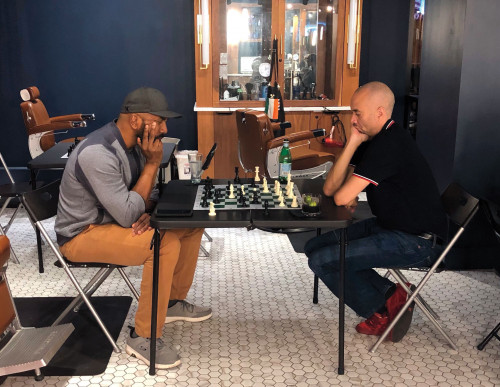
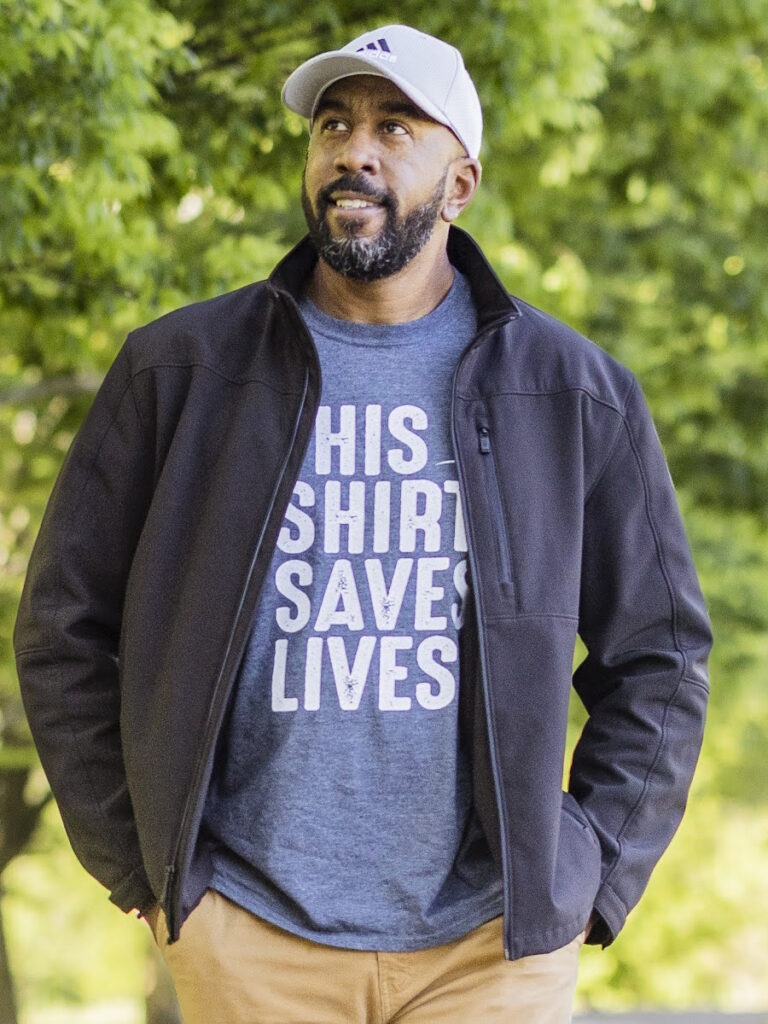
My Multiple Myeloma Treatment Plan
My oncologist suggested that I consider a clinical trial. I thought about it and declined. I wanted to understand the standard treatment for multiple myeloma for a patient like me.
I ended up doing chemotherapy for six months; a higher-dose regimen of chemotherapy to flush out any remaining traces of myeloma; and then an autologous bone marrow transplant, which means that my own body was the source of the T-cells that were reintroduced.
I was fortunate to have been able to undergo the autologous transplant. The doctors were able to harvest enough T-cells to make my treatment possible. Not everyone who needs stem cells can get the cells they need from their bodies. Most people have to look for a donor.
Later on, I also learned that something about my genetic makeup made the standard treatment favorable for me. I can’t give you the scientific or medical term for it, but there it is. So the choice of standard treatment turned out to be optimal for me.
I did learn more about clinical trials after that — of course, I did start working in this role. Patients should always check with their doctors to see if clinical trials are a possibility for them and to learn more about what these trials can do for them. And if they need to get a second opinion, they should do so too.
My Story Continues Below
Program Highlight: Multiple Myeloma: Creating Diverse Treatment Options through Clinical Trials
I spoke with Dr. Ajai Chari of the University of California San Francisco (UCSF) about the latest breakthroughs in multiple myeloma treatment, including CAR-T cell therapy, bispecifics, and why clinical trials are critical for expanding options for all patients. Here’s an overview of our discussion.

Dr. Ajai Chari: This is my passion, the personalization of therapy. There are no two patients alike. And you can read about a clinical trial, you can go to a patient support group, you can talk to a friend, but that doesn’t mean that’s the right treatment for you.

Dr. Chari: We’ve had hospice conversations with some people. “Let’s try this study.” And those patients are now in their deepest and durable remissions in their entire myeloma journey, despite having had all those drugs. And I think that’s a clear example. If you’ve run out of options, then you should be looking for new strategies, right?”

Dr. Chari: Myeloma is not one of the most common cancers, which are usually breast, colon, prostate, and lung. I bring that up because if you’re a patient that’s diagnosed in the community, chances are your oncologist is very experienced with those cancers, but maybe not as much with myeloma. And studies show that outcomes for patients who are affiliated in some way with an academic center do better.

Dr. Chari: Fifty percent of that information in a first cancer visit goes in one ear and out the other because you’re dealing not only with the diagnosis of the cancer and the intellectual questions, but the emotional part. So I think it’s always good to have a friend or family member to listen in on all of your conversations, so that they can help catch some of the things you might have missed.

Dr. Chari: The number one thing patients are looking for is hope. I think they want to know that they’re going to be able to live as long as they want to live — and with a good quality of life.
For the rest of this interview, watch our program replay ON DEMAND.
Learn what’s changing, how it impacts treatment decisions, and what it all means for patients today.
Back to My Story
How I Handled My Multiple Myeloma Treatment
It really helped that I’ve remained physically active as I’ve gotten older.
We all know that as we age, it’s important to take care of our bodies. They heal a lot slower than they used to, and so we may not be able to do what we used to do when we were in our 20s and 30s.
It’s more than just a physical thing. Being active also helped with my mental and emotional state. Exercise helps our bodies secrete hormones and endorphins, those substances that give us a positive sense of being.
Exercise also helps counter some of the side effects of treatment. There’s a mental component to chemotherapy that’s called “chemo brain.” A heavy dose of chemo can definitely impact behavior. It can cause depression and can be debilitating overall. And exercise can help deal with that.
Secondly, in a financial sense, the stars were also lined up in my favor. I was a business owner — I owned an insurance agency and a web hosting business — which generated income without me getting too involved. Because of that, I didn’t have to worry so much about what I needed to do about income while I was undergoing treatment.
I also had good major medical insurance, too, as I mentioned earlier. And we had bought an athletic policy back in 2007, which handled a lot of the cancer debt.
Cancer can be expensive, and if you’re not prepared, it can lead to catastrophe. I’ve seen how it affects others who’ve had to leave work to care for ill family members, whose kids have had to leave school, who’ve had to get mortgages, and so on. It motivated me to find out what I can do to help solve that problem when I could be a productive citizen again.
Lastly, I also leaned on my faith quite a bit to help me get through my treatment.
I consider myself blessed. I got out there and did the work when I could do it again. It was a purpose-driven mission for me.
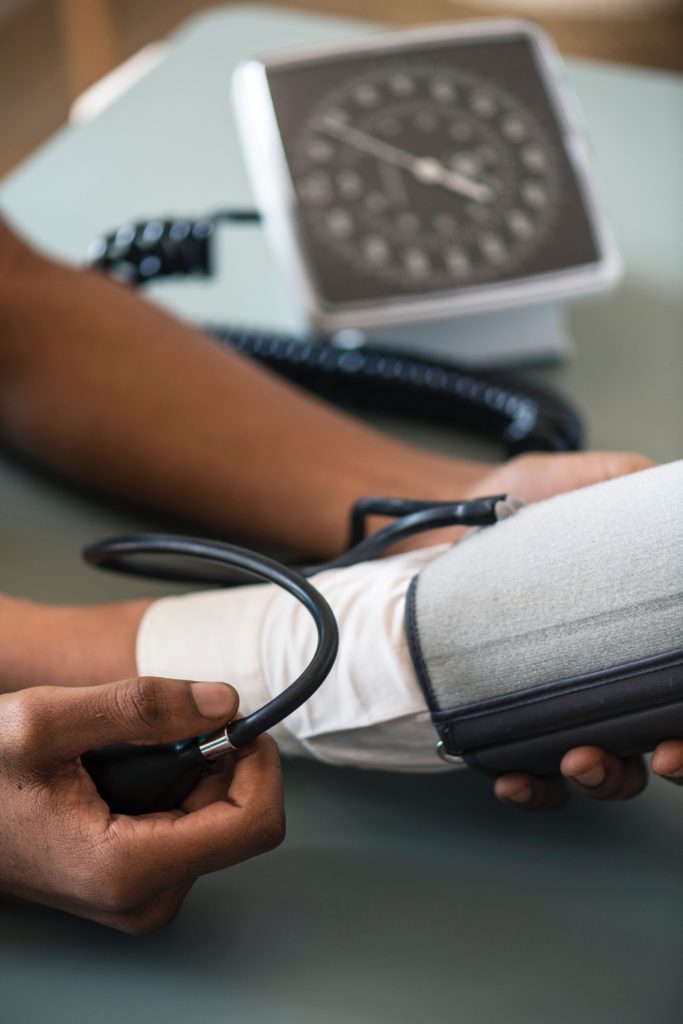
I consider myself blessed. I got out there and did the work when I could do it again. It was a purpose-driven mission for me.
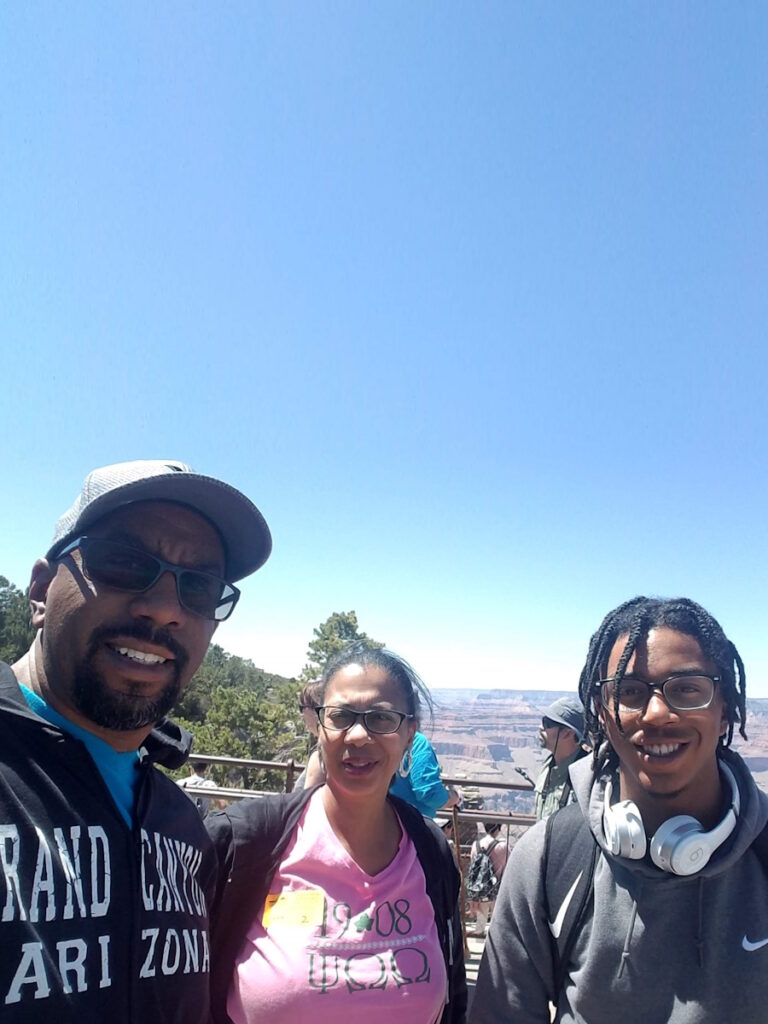
How My Experience Has Changed Me
People I’ve spoken to who’ve also been diagnosed with a life-threatening malignancy and have been successfully treated for it, come out the other side a little bit different. If they took things for granted before, they don’t anymore. They come away with a higher sense of appreciation for things.
My multiple myeloma experience has made me more vulnerable, and I’ve been able to tell my story without feeling like I’m exposing myself. And it’s to help people get something out of it. My job is to inspire them, help amplify their passion, and elevate them, and also to consider that I reach people I don’t know I’m touching. When you get out on stage and tell your story, you don’t know who might be listening.
I watch other folks who are great at storytelling and try to learn from them. Some days, when I go out there, it’s hit or miss. I feel like I didn’t hit a target, and that I failed at getting across to my audience. But, hey, that’s par for the course, right?
It’s just like in sports. I recall this Michael Jordan quote where he talked about how many times he tried to make a game-winning shot and missed. But he still did become the best in basketball — because he kept trying and never gave up.
So I take inspiration from him. When you’re in this position and have a voice, you just get out there and don’t worry about not getting across. It’s about getting out there to people who need to hear what you have to say. You never know who’s listening to you. They may never get back to you and say, “Hey, I got a lot out of your talk.”
Sometimes they do, though. And when they do, that’s gratifying.
Health-wise, I’m good. I do get aches and pains, but nothing related to the myeloma. A lot of people come out with lesions on their bones. I was diagnosed early, so I didn’t experience any of those symptoms.
I’m 60 years old and I don’t look my age. That’s what people say, at least. I do feel great. I can still go out and run a few laps around a track. I can still lift weights. And, most importantly, mentally and emotionally, I’m intact. That’s the most important thing.
What Survivorship Means to Me
Survivorship is an interesting word and concept.
Some people have trouble with that term. They’d rather be called “thrivers.” And that’s their personal choice. For me, it’s about coming out on the other end better than I was before. Not just physically, but also mentally and emotionally.
I read some books while I was still going through my journey to help me make sense of what was happening, both to myself and others. It’s an existential experience that makes you question your existence and also makes you want to know what it’s all for.
I would encourage people to focus on their mental and emotional stability. First and foremost, because that’s what’s going to drive you to keep yourself physically healthy. There are ways to do so, even for patients who may not be able to do strenuous physical activity.
For example, I play games on the PlayStation 5 with my son. I was a huge gamer while I was going through multiple myeloma. Because the chemo disrupted my sleep patterns, when I would be struggling to sleep, I would sometimes just turn the PS5 on and start playing games like Spider-Man, The Last of Us, and open world games in general.
Of course, I love those kinds of games, but they were also good for me because they helped me maintain my hand-eye coordination.
If I didn’t exercise, it would have been a challenge to get back into shape when I was better. It might even have been hard to navigate my new bodily reality after my experience.
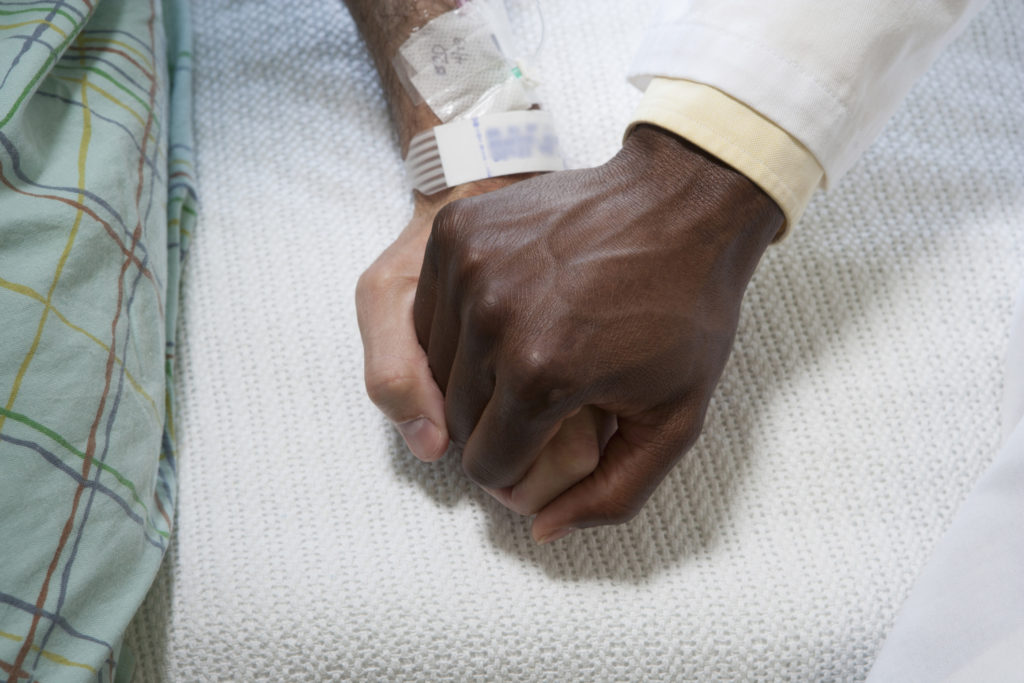
If I didn’t exercise, it would have been a challenge to get back into shape when I was better. It might even have been hard to navigate my new bodily reality after my experience.
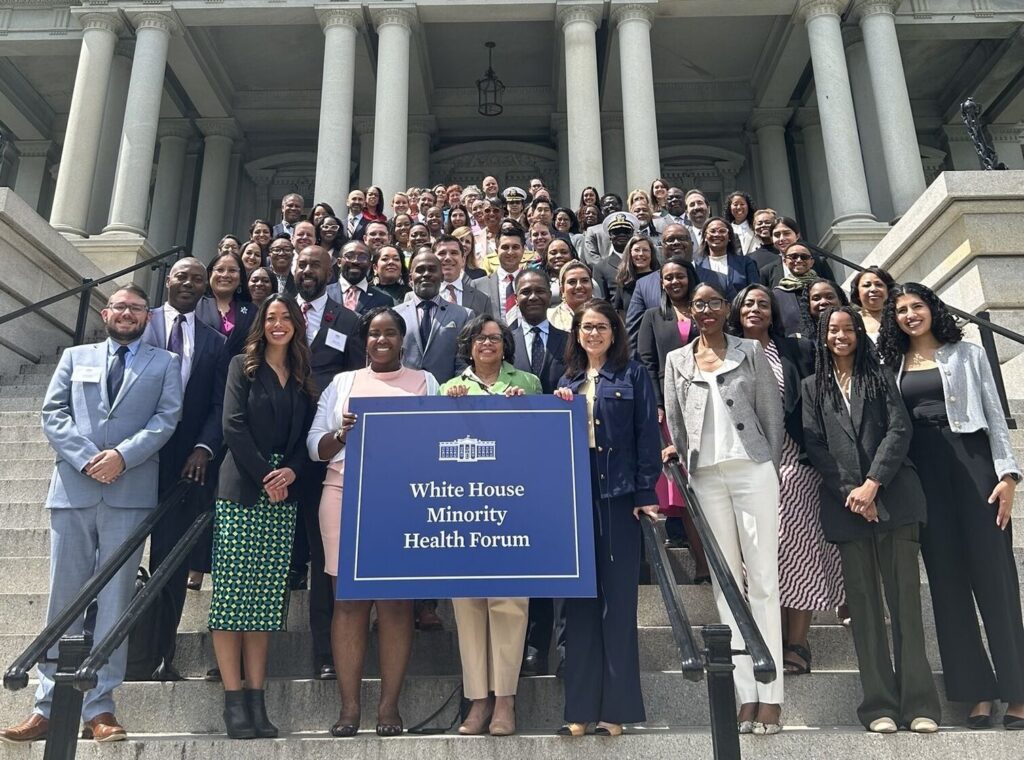
What People Need to Know About Multiple Myeloma
Multiple myeloma is a stealthy disease. There’s no single symptom that you can pinpoint and identify as myeloma. The criteria help narrow the symptoms down, but that said, for instance, you can have bone pain or renal failure from any number of other diseases and conditions. It can be hit or miss.
But what we try to promote more than anything else is how important it is to be aware of one’s own body. Be more conscious of your state of health. Eat right. Stop drinking, stop smoking. I know, it’s easier said than done for most people. Some come from families of smokers or drinkers, or can’t access healthy food.
There are a lot of things that you can tell people that may not resonate with them, because they might just not be able to access the solutions you’re talking about. But you still have to continue to share what you know.
Talk to your physician or whoever you go to for medical care, maybe someone at a clinic if you don’t have a primary care physician. Be curious, ask questions. Self-advocate. Seek other opinions, be open to the possibility that the first answer you receive might not be the right one.
And get good insurance.
My Advice to Others
You have to be your best self-advocate, and you have to ask questions that may make you feel uncomfortable. It’s for your well-being.
Self-advocacy isn’t really a term that many people are familiar with, but it needs to be something that more people do.
You want to catch whatever it is as early as you can. Early diagnosis is key to recovery.
Don’t be satisfied with a non-answer or be dissuaded when you know you have to see a specialist. I know it’s difficult if and when an insurance company denies you treatment. But you really have to find a way to push through that.
I know, you can’t just turn on a dime. But it’s so important to do what you need to do, and change what you need to change, as quickly and early as you can. It can extend your life.
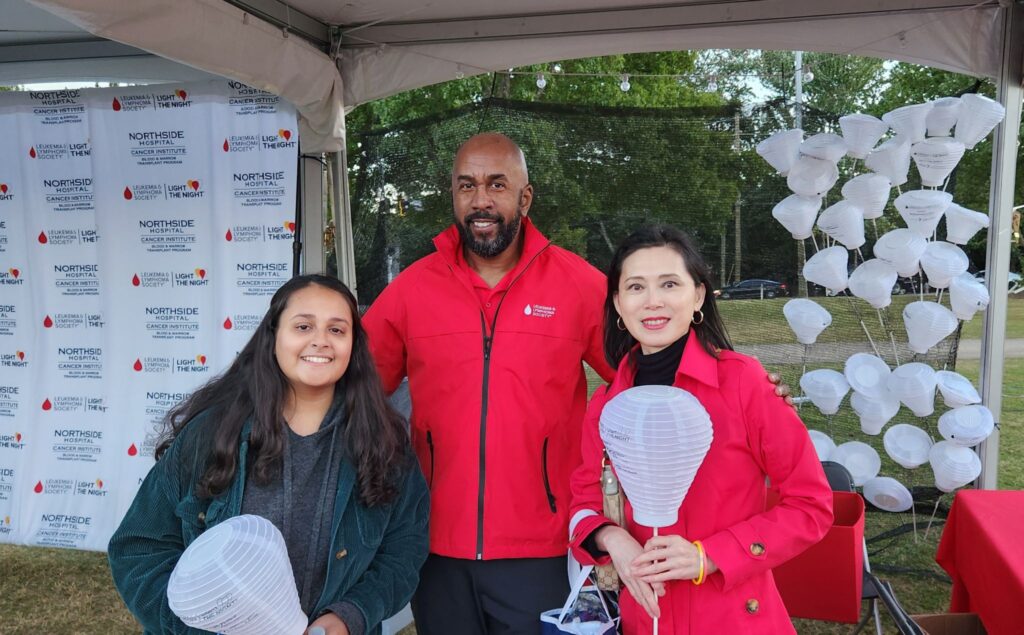
You want to catch whatever it is as early as you can. Early diagnosis is key to recovery.
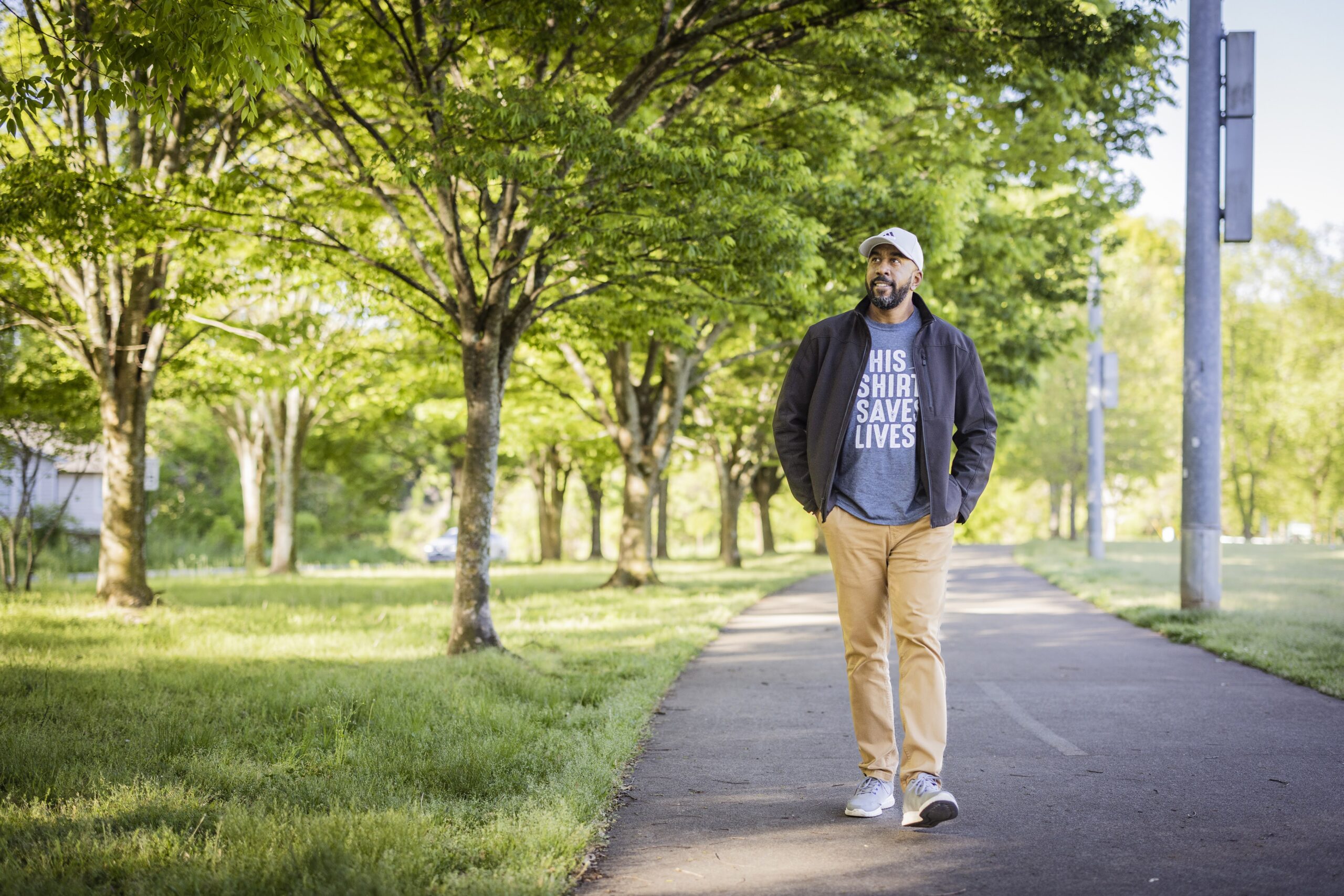

Special thanks again to The Leukemia & Lymphoma Society for supporting our patient education program. The Patient Story retains full editorial control over all content.

Inspired by Bryon's story?
Share your story, too!
More Multiple Myeloma Stories
Tim H., Multiple Myeloma
Symptoms: None that could be identified; cancer found through CT scan for gallbladder removal
Treatments: Chemotherapy, stem cell transplant
Scott C., Refractory Multiple Myeloma, Stage 3
Symptoms: Pain in hips and ribs, night sweats, weight loss, nausea
Treatments: Clinical trial, chemo, kyphoplasty, stem cell transplant
Jude A., Multiple Myeloma, Stage 3
Symptoms: Pain in back, hips and ribs; difficulty walking
Treatments: Bilateral femoral osteotomy, reversal due to infection; chemotherapy


